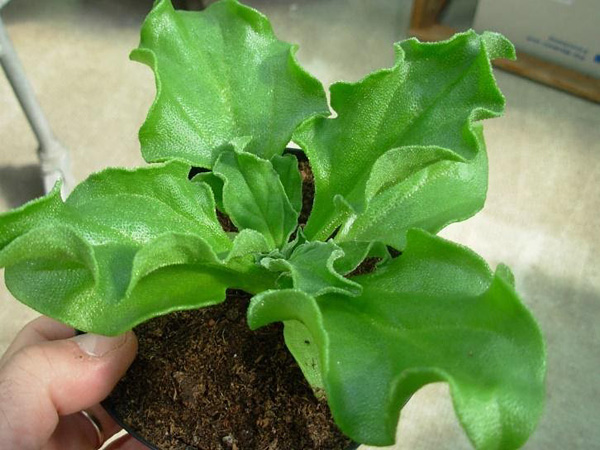Intra-tissue carbon dioxide and the state of the plastoquinone redox pool as regulators of the ethylene biosynthesis pathway
Summary
Plants, like animals, are exposed to numerous and diverse stress factors. Their response to these factors is mediated by a vast number of substances, including hormones. One of them is ethylene (ET). This simple – in terms of the chemical structure – molecule participates in the regulation of reactions to biotic stresses (derived from bacteria, fungi, viruses, etc.) and abiotic stresses (inanimate components of the environment). We know that ET biosynthesis is modified by several factors, and one of them is the intracellular concentration of carbon dioxide (CO2). In our model, we use Mesembryanthemum crystallinum (ice plant) which realizes the classic photosynthesis type C3 (CO2 fixed mainly during the day) but can switch to CAM photosynthesis (CO2 fixed mainly in the dark). The implementation of CAM, although it allows a significant water saving (stomata closed during the day), has certain consequences. One of them is the daily oscillations of intracellular CO2 concentration and this can affect the daily production of ET. Using the model that allows us to run experiments on plants carrying out C3 and CAM at the same developmental stage, we intend to check how the presence of circadian CO2 oscillations modifies the work of the most important components of the ET biosynthesis pathway. It has recently been shown that plant reactions to abiotic stress factors are regulated by the redox state of the plastoquinone pool (PQ), a component of the electron transport pathway in the chloroplast. PQ and ET form a regulatory system where PQ plays a superior role, and ET, together with components of the antioxidative system (regulation of cell redox homeostasis), are executives. Using the described model, we intend to check, how the modification of the redox state of the PQ pool affects the components of the ET biosynthesis pathway, and thus its daily production. In addition, using this model, we intend to determine how the PQ-ET regulatory system works under different modes of photosynthesis.

Mesembryanthemum crystallinum in the CAM mode.
Photo: Z. Miszalski.

Mesembryanthemum crystallinum in the C3 mode.
Photo: Z. Miszalski.






